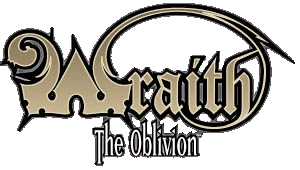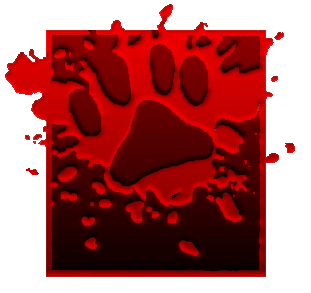



[from the Heirarchy: in the ranks of death pp. 74-75]

![]() venue concept
venue concept ![]() site index
site index ![]() the golden rules
the golden rules ![]()
The most recent updates to the site are available.
The Canadian Regional Web Site for the Camarilla.
 Most of the stuff on this page is copyright by White Wolf Publishing Inc. Used without express permission, and without any intent to challenge their rights to the material. The purpose of this site is to provide support for a Live Action troupe who create improvisational stories through Wraith: the Oblivion. Our local Domain is Halifax: CND-006.
Most of the stuff on this page is copyright by White Wolf Publishing Inc. Used without express permission, and without any intent to challenge their rights to the material. The purpose of this site is to provide support for a Live Action troupe who create improvisational stories through Wraith: the Oblivion. Our local Domain is Halifax: CND-006.

THE CAMARILLA, VAMPIRE: THE MASQUERADE, WEREWOLF: THE APOCALYPSE, WRAITH: THE OBLIVION, and CHANGELING: THE DREAMING are all registered Trademarks of White Wolf Game Studios. Any use of White Wolf Game Studios' copyrighted material or trademarks at this WWW site should not be viewed as a challenge to those copyrights or trademarks.
No more than 1500 words of text may be taken from any single White Wolf book and no more than 10,000 total taken from any White Wolf Products. Any text used must cite the Book taken from and the page number.